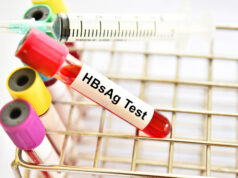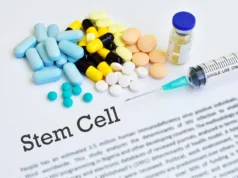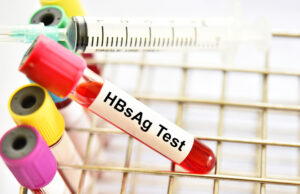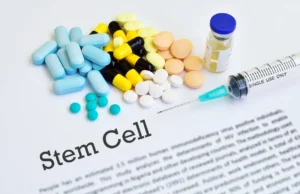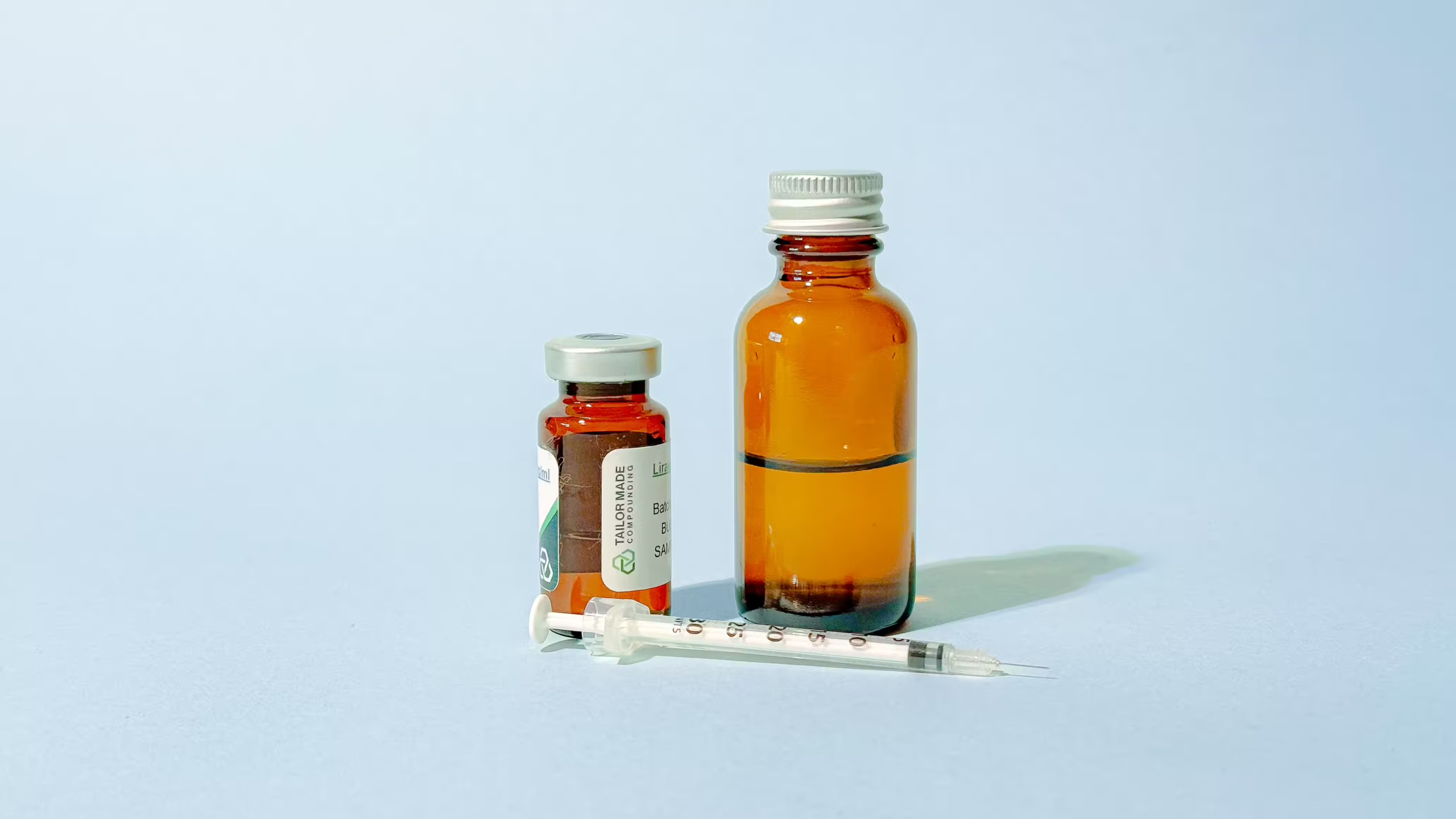The Science Behind Plasma: What Makes It So Valuable?
Understanding Plasma: The Liquid Gold of Your Blood
Plasma, the largest component of human blood, comprises about 55% of total blood volume and is often referred to as the “liquid gold” due to its vital role in preserving life. Primarily composed of water (approximately 92%), plasma also contains electrolytes, proteins, hormones, and waste products. Plasma is instrumental in transporting substances such as nutrients, glucose, antibodies, and proteins throughout the body. The proteins found in plasma, including albumin, globulins, and clotting factors, play critical roles in maintaining blood pressure and volume, fighting off infections, and facilitating the blood clotting process.
The significance of plasma extends beyond its mere composition; it serves as a medium allowing cells to communicate and interact efficiently. When individuals experience trauma, undergo surgery, or suffer from chronic illnesses, the demand for plasma increases dramatically. Understanding these dynamics positions plasma donation as a crucial element in modern healthcare, presenting opportunities for individuals to contribute positively to medical advancements and patient care.
The Diverse Uses of Plasma in Medicine
The applications of plasma in medicine are extensive and varied, serving as a critical resource in the treatment of numerous conditions and diseases. Plasma-derived therapies are utilized in managing disorders such as hemophilia, where patients lack the necessary clotting factors, leading to excessive bleeding. Factor VIII and Factor XIII, two essential proteins derived from plasma, are often administered to sufferers of hemophilia to mitigate these risks.
Beyond clotting disorders, plasma is paramount in treating immunodeficiencies and autoimmune diseases. Immunoglobulin therapy, which administers concentrated antibodies harvested from donor plasma, assists individuals whose immune systems falter. Plasma proteins can also be synthesized to create life-saving medications that combat serious conditions, such as certain types of cancer, wounds, and burns. Furthermore, the role of plasma in the development of vaccines has never been more notable. The COVID-19 pandemic showcased the potential of convalescent plasma, drawn from people who have recovered from the virus, as a treatment method to aid those currently suffering.
Why Plasma Donation is Crucial for Healthcare
The continuous demand for plasma underscores its criticality in healthcare. Unlike red blood cells, which can be donated every few months, plasma can be collected more frequently typically every two weeks allowing for a larger pool of donors to contribute. This frequent supply is essential, as the need for plasma and plasma-based products is incessant and escalates during public health emergencies, natural disasters, and in the support of chronic disease treatment. The global shortage of plasma has resulted in hospitals facing severe constraints when treating patients, emphasizing the selfless act of donating plasma.
In New Jersey, the importance of plasma donation is particularly evident, making new jersey plasma donation initiatives crucial. The region often grapples with fluctuations in donor availability due to factors such as seasonal illnesses, economic conditions, and public health crises. It is vital for the New Jersey community to recognize the essential role plasma donors play and the profound impact their contributions can have on the lives of others. By participating in New Jersey plasma donation, individuals help support the healthcare system and ensure the development and accessibility of life-saving treatments that touch countless lives.
Navigating the Plasma Donation Process: What to Expect
Step-by-Step Guide to Your First Plasma Donation
If you’ve decided to embark on the journey of donating plasma for the first time, it’s important to understand the process from start to finish. Initially, prospective donors need to find a licensed donation center near them; locations can typically be found online or through local healthcare resources. Once at the center, future donors will undergo a health screening process, which includes answering questions regarding their medical history, lifestyle, and any medications currently being taken. This ensures that both donor and recipient safety is prioritized.
Following the health questionnaire, a physical examination will be conducted. This includes checking vital signs such as blood pressure, heartbeat, temperature, and hemoglobin levels to verify that the individual is in good health and eligible to donate. If cleared, donors will be guided to a donation area where they will sit comfortably in reclined chairs.
The actual plasma donation typically takes between 45 minutes to one hour. During this time, blood will be drawn through a needle, sent through a machine known as a plasmapheresis device that separates the plasma from the other blood components, and then the remaining red blood cells and platelets are returned to your body. Post-donation, donors are encouraged to hydrate and may be offered snacks to help replenish their energy levels.
Safety Measures and Procedures: Your Well-being Comes First
Ensuring the well-being of donors is paramount during the plasma donation process. Donation centers adhere to strict federal and state regulations regarding hygiene and safety protocols. The equipment used during donation is sterile and single-use to minimize the risk of contamination or infection. Staff members are trained to handle donations safely and compassionately, ensuring a positive experience for each donor.
Moreover, the entire process is controlled and monitored to promptly address any potential side effects that may arise, such as lightheadedness or discomfort. The personnel on-site are equipped to provide immediate assistance should a donor experience any adverse reaction during or after the donation. After the donation, donors are given ample time to rest and recuperate before leaving the facility, which is another measure taken to maintain safety and ensure the well-being of all individuals participating in plasma donation.
The Role of Donation Centers: Where Your Plasma Goes
Plasma donation centers play a significant role in the healthcare ecosystem, acting as crucial intermediaries between donors and patients in need. Upon collection, donated plasma is carefully labeled, stored, and ultimately transported to specialized laboratories and treatment facilities for further processing. Skilled technicians analyze the plasma to determine its suitability for various therapeutic applications and prepare it for those in dire need.
In addition to collecting and processing plasma, these centers also maintain an active responsibility to educate the community on the importance of plasma donation and the continuous need for donors. They organize outreach programs, collaborate with local healthcare providers, and advocate for awareness campaigns to underscore how donating plasma can literally save lives. The operations of a plasma donation center are essential to bridging the gap between healthy donors and patients in need, fostering public health through donation awareness and improving health outcomes for many individuals.
The Impact of Plasma Donation: A Ripple Effect in the Community
Transforming Lives: Personal Stories from Recipients
The consequences of plasma donation extend far beyond the immediate healthcare benefits; they profoundly affect the lives of individuals who receive plasma-derived therapies. Recipients often owe their health and well-being to the selflessness of donors. Personal stories demonstrate the transformative effect of plasma donation from inspiring anecdotes of individuals managing chronic illnesses to dramatic recoveries following serious injuries.
Take, for instance, the story of a young girl diagnosed with hemophilia who faced challenges in leading a normal childhood. Thanks to regular plasma donations that provided her with the clotting factors needed to safely engage in activities, she was able to participate in sports and social events, significantly improving her quality of life. Similarly, families who have benefited from immunoglobulin therapies have shared heartfelt testimonials on how plasma has allowed their loved ones to live freely, experience growth, and enhance their overall health.
How Donating Plasma Builds a Stronger Community
Plasma donation fosters not only an ecosystem of health but also a sense of community and altruism. By engaging and encouraging local residents to consider plasma donation, health organizations strengthen the bond among community members with a shared goal of giving back. This communal spirit can lead to mobilization efforts that extend beyond just plasma donation, promoting broader discussions around public health, disease prevention, and wellness initiatives.
Moreover, plasma donation events often bring people together for a common cause, generating tremendous camaraderie among donors and staff. These events can inspire a culture of giving, where individuals feel motivated to engage in other philanthropic endeavors, be it through blood donation, volunteering, or supporting local health initiatives each making a substantial difference in overall community resilience.
Combatting Shortages: The Call for More Donors
The ongoing plasma shortage remains a pressing concern for healthcare systems around the world, exacerbated by increased demand for therapies and treatments. As the healthcare landscape continues to evolve and new therapies emerge, the need for an adequate supply of quality plasma becomes increasingly vital. This reality presents an urgent call to action for individuals across New Jersey and beyond to step forward as donors.
Awareness campaigns are imperative to strike a chord with potential donors about the importance of their contribution. There is power in shared stories and statistics, illustrating the difference one person can make in the lives of numerous individuals. Organizations play a significant role in highlighting the pressing need for plasma and educating the public on how simple it can be to make a difference encouraging those who might never have considered it to take action and become regular donors.
Beyond Donation: Ways to Boost Your Plasma Quality
Nourishing Your Body: Foods That Enhance Plasma Production
The quality and quantity of plasma can be significantly influenced by diet. Consuming a well-balanced, nutrient-rich diet forms the cornerstone of healthy blood, enhancing the body’s ability to produce quality plasma. Foods high in protein, such as lean meats, fish, eggs, soybeans, dairy products, and legumes, are particularly beneficial, as proteins are the building blocks of plasma. Additionally, incorporating foods rich in vitamins and minerals like leafy greens, fruits, nuts, and seeds will increase overall well-being and support plasma production.
Iron-rich foods, such as spinach, lentils, and fortified cereals, are particularly critical, as they aid in the manufacturing of hemoglobin, the protein in red blood cells that carries oxygen. Staying mindful of micronutrients like vitamin C can also optimize iron absorption, further aiding in plasma health. Hydration plays a key role too; incorporating hydrating foods such as cucumbers, watermelon, and oranges can help ensure donors are hydrated and ready for their donation!
The Importance of Hydration: Why Water is Your Best Friend
Hydration is a pivotal aspect of plasma donation. The human body is largely composed of approximately 60% and adequate hydration before donation ensures smooth and efficient blood flow. Drinking sufficient amounts of water prior to donating plasma can help maintain blood volume and reduce the risk of feeling faint after donation. A well-hydrated body is more capable of producing quality plasma and mitigating any side effects that may arise during the donation process.
It is recommended that potential donors begin hydrating at least 24 hours prior to their scheduled appointment. Integrating hydration into one’s daily routine can be as simple as carrying a reusable water bottle, infusing water with fresh fruits or herbs for a flavorful twist, and opting for water-rich foods throughout the day. This habit not only prepares the body for donation but also significantly enhances general health and wellness.
Healthy Habits: Lifestyle Changes for Optimal Donation
To maximize the benefits of plasma donation, adopting overall healthy lifestyle habits is essential. Regular physical activity plays a key role in improving cardiovascular health and enhancing overall well-being. Engaging in moderate exercise strengthens the circulatory system, which is critical for efficient plasma production. Furthermore, sufficient rest and sleep are equally paramount; they promote recovery and rejuvenation of the body, ensuring that donors are in optimal condition for their donation experience.
Additionally, understanding and managing stress levels can have a direct effect on one’s physical condition. Chronic stress can impede immune function and overall health, which could impact one’s eligibility to donate plasma. Establishing a balanced routine of work, leisure, and self-care can enhance emotional health, cultivating a positive mindset that fosters an environment ripe for giving back through donation. By integrating these holistic practices, prospective plasma donors can contribute not only to plasma donation but also to an empowered, healthier community.

